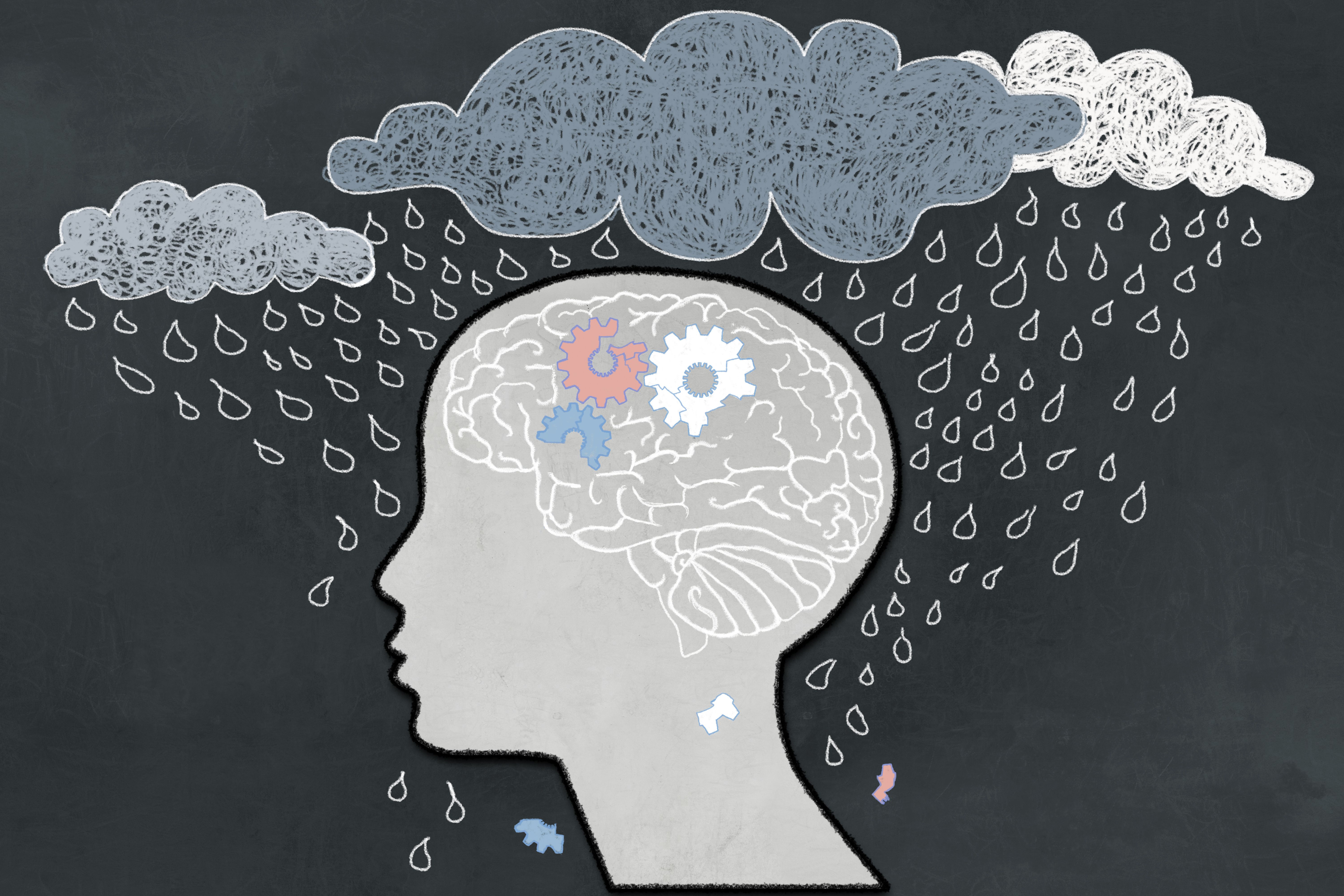Article
DSM5 and "Psychosis Risk Syndrome:" Not Ready For Prime Time
Author(s):
The proposal for a "Psychosis Risk Syndrome" aims to solve a pressing problem in psychiatry-- the need for early identification and preventive treatment.
Among all the problematic suggestions for DSM5, the proposal for a "Psychosis Risk Syndrome" stands out as the most ill--conceived and potentially harmful. It aims to solve a pressing problem in psychiatry-- the need for early identification and preventive treatment. Psychotic episodes create tremendous short-term impairment and may impact negatively on long-term prognosis and treatment efficacy. It would save great suffering if we could get there early and do something useful to reduce the lifetime burden of illness before too much damage is done.
But good intentions are not enough. The whole concept of early intervention rests on 3 fundamental pillars-- being able to diagnose the right people and then providing them with a treatment that is effective and safe. "Psychosis Risk Syndrome" fails badly on all 3 counts:
1. It would misidentify many teenagers who are not really at risk for psychosis.
2. The treatment they would most often receive (atypical antipsychotic medication) has no proven efficacy, but. . .
3. It does have definite dangerous complications.
First, let's deal with the misidentification problem. Even in the most expert of hands (ie, in very highly selected research clinic settings), at least 2 of 3 people who get the diagnosis do not go on to become psychotic. Of great counterintuitive interest, the longer the research clinic operates, the lower its rate of correct identification becomes. With time and spreading reputation, the clinic attracts increasingly heterogeneous referrals-- so that it is more difficult to discriminate from among them those who are truly at risk for psychosis.
What would be the misidentification rate once the diagnosis became official and was applied in the real world? No one can say for sure, but two-thirds is certainly a lower limit of misidentification. There are several reasons to believe that the ratio of wrong diagnoses would actually be much higher:
o The raters in general practice would be much less expert than specialists in research clinics
o The "patients" would be closer to normal and harder to discriminate
o Drug company marketing would influence parents and clinicians to be especially alert to any strangeness in teenagers.
It has been estimated that the false-positive rate would jump from about 70% in specialty clinics to about 90% in general practice. This means that as many as an astounding 9 in 10 individuals identified as "risk syndrome" would not really be at risk for developing psychosis.
Those supporting the diagnosis for DSM5 have attempted to fix this overwhelming problem by inserting a definitional criterion that the person must be seeking treatment. They hope this requirement would both reduce the rate of false-positives and ensure that those who are misidentified will need some form of treatment. Their preferred treatment for "risk syndrome" is cognitive/behavior therapy which might be helpful (and is unlikely to be harmful)-- even for those who have been misidentified.
This fix fails badly on both counts-- ie, in reducing false-positives and in guaranteeing safe treatment. Under the best of circumstances, the overwhelming majority of "treatment seekers" will still be false-positive. Once the diagnosis is official and marketed, the problem will get much worse as a new army of "treatment seekers" is brought in by family members. Their perceived "strangeness" may come from many causes other than psychotic risk, including drug use; adolescent developmental issues and rebelliousness; culturally dystonic creativity; stable schizotypal personality; or normal eccentricity. A far more efficient signal to noise filter would have been to require that the individual must also have a close family member who has experienced psychotic episodes.
Then we get to the worrying treatment issues. It is the height of unrealistic wishful thinking to assume that most of the misidentified patients will get cognitve therapy. Cognitive therapy is in short supply and largely unavailable--especially for this population. On the other hand, antipsychotic medications are fairly ubiquitous and already frequently given for off-label indications-- particularly to kids on Medicaid. It has not yet been established that antipsychotic medications are effective in preventing psychotic episodes or in improving the life course in those who would meet the criteria for "risk syndrome." This is an area that to date has received little study and the few existing findings are equivocal.
In contrast, the harmful effects of atypical antipsychotics are extremely well established and frightening. Teenagers starting at an average weight of 110 pounds gained an average of 12 pounds in 12 weeks-- and one of the antipsychotics caused an 18-pound weight gain in this period. This raises the risk for diabetes, metabolic syndrome, and a shorter life span.
To sum up:
1. The "risk syndrome" would misidentify many (somewhere between 3 and 9) kids for every one correctly identified
2. The treatment most likely to be offered has no proven efficacy, but can have extremely dangerous complications.
This is a clearly the prescription for an iatrogenic public health disaster.
The goal of early identification and proactive treatment in psychiatry is laudable-- but elusive and not currently attainable. Prevention requires having a happy combination of accurate identification and effective and safe treament. Instead, we now have the opposite dangerous combination-- wildly inaccurate identification with a likely ineffective but definitely risky treatment.
The people who developed the "risk syndrome" suggestion for DSM5 are smart and have no conflict of interest motivation. How can they be promoting such a bad idea? The answer is that, like most experts, they have a blind spot when it comes to understanding the huge gulf between the real world and their rarified research experience. Perhaps in their hands, the false-positive rate can be kept to 2 out of 3 and the cognitve treatments given will be safe and generally helpful. It has been difficult for them to appreciate just how differently and destructively their pet suggestion would play were it to become prematurely official.
"Psychosis Risk Syndrome" belongs in the DSM appendix reserved for new diagnoses that deserve further study-- but that are not ready for prime time.
[Editor's note: This commentary also appears on the website of Psychology Today.]
Newsletter
Receive trusted psychiatric news, expert analysis, and clinical insights — subscribe today to support your practice and your patients.




